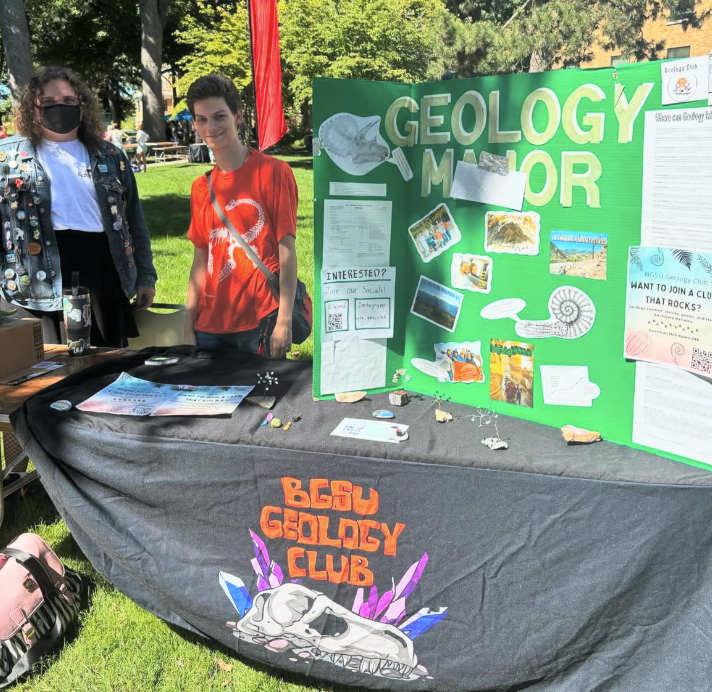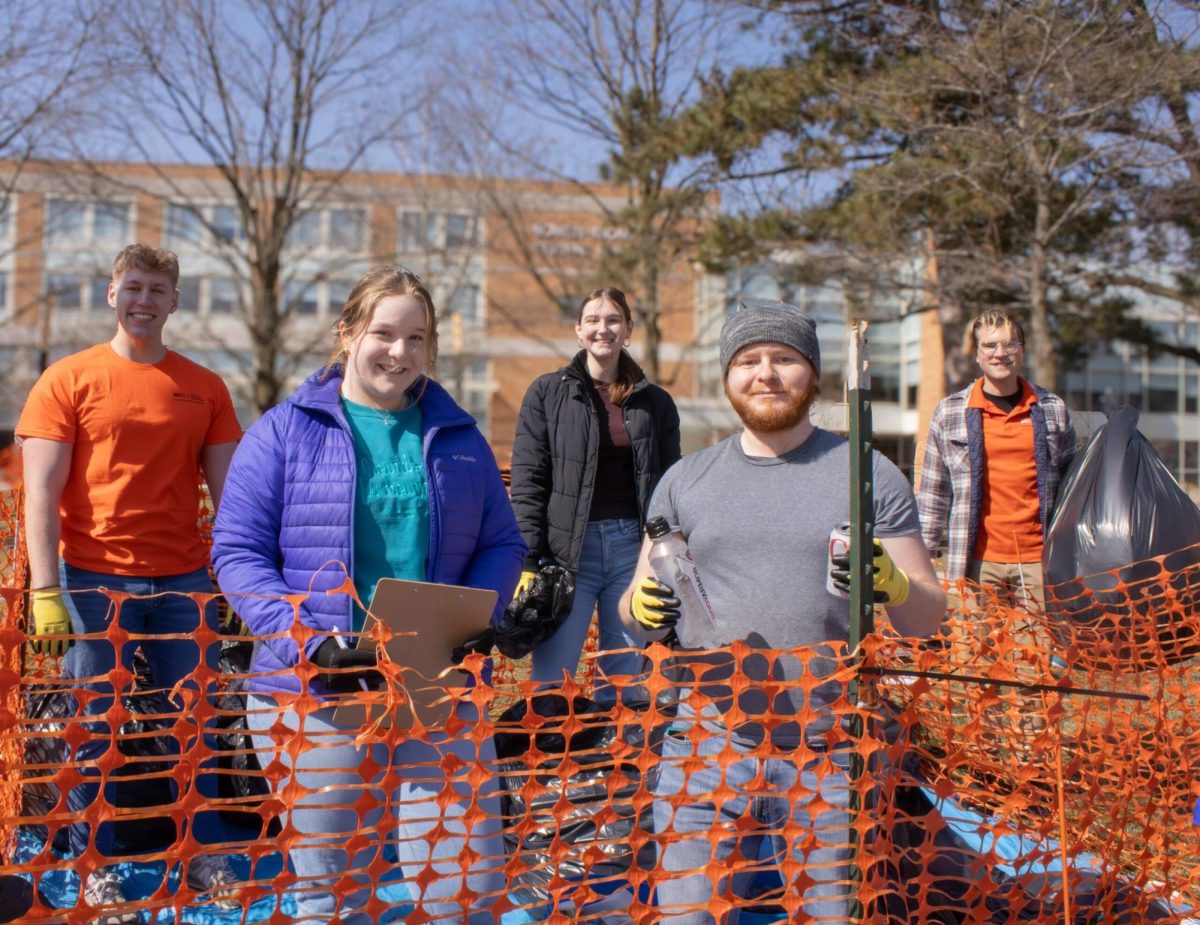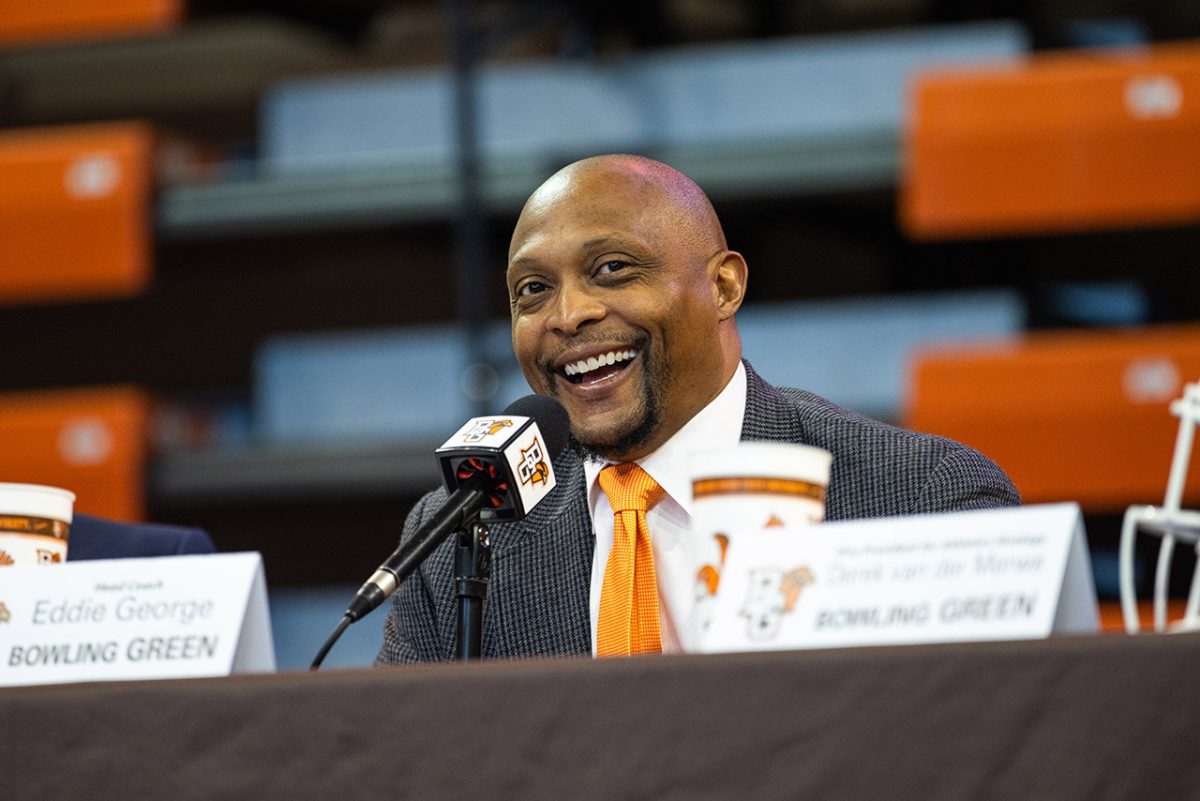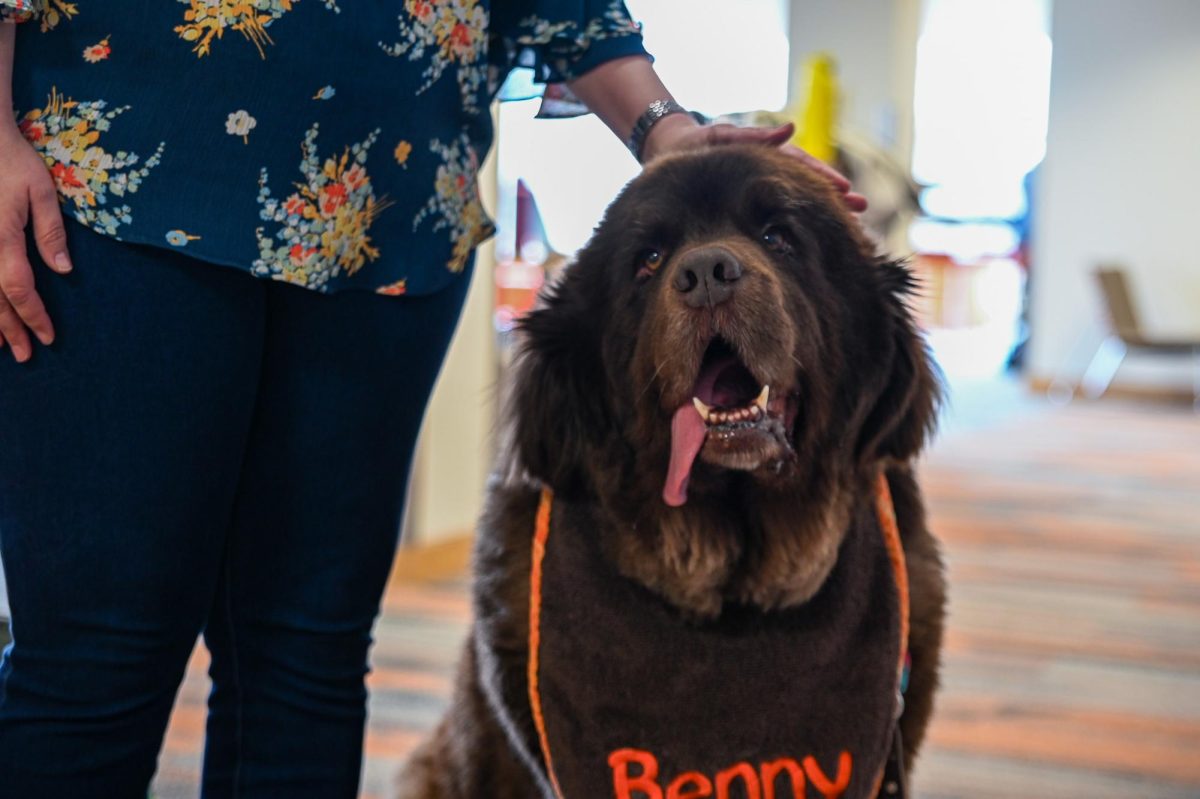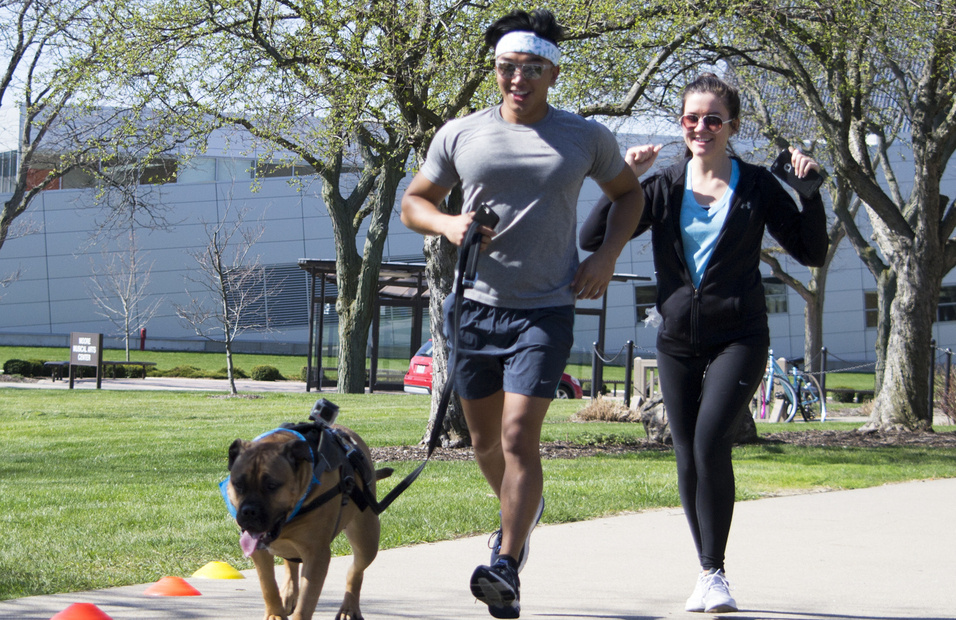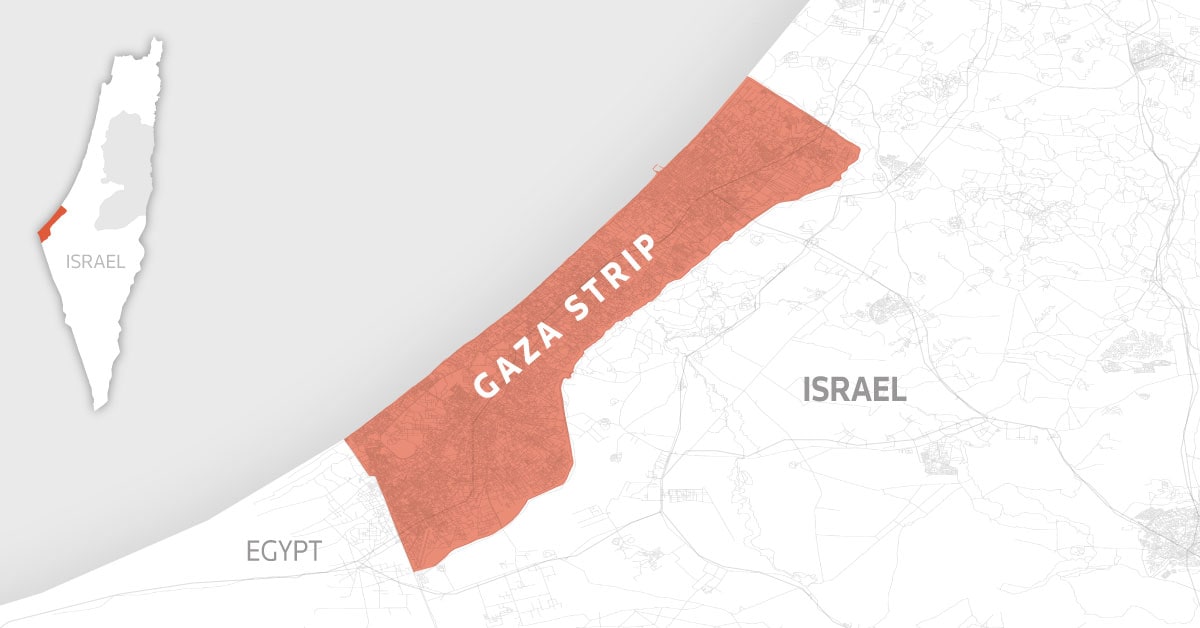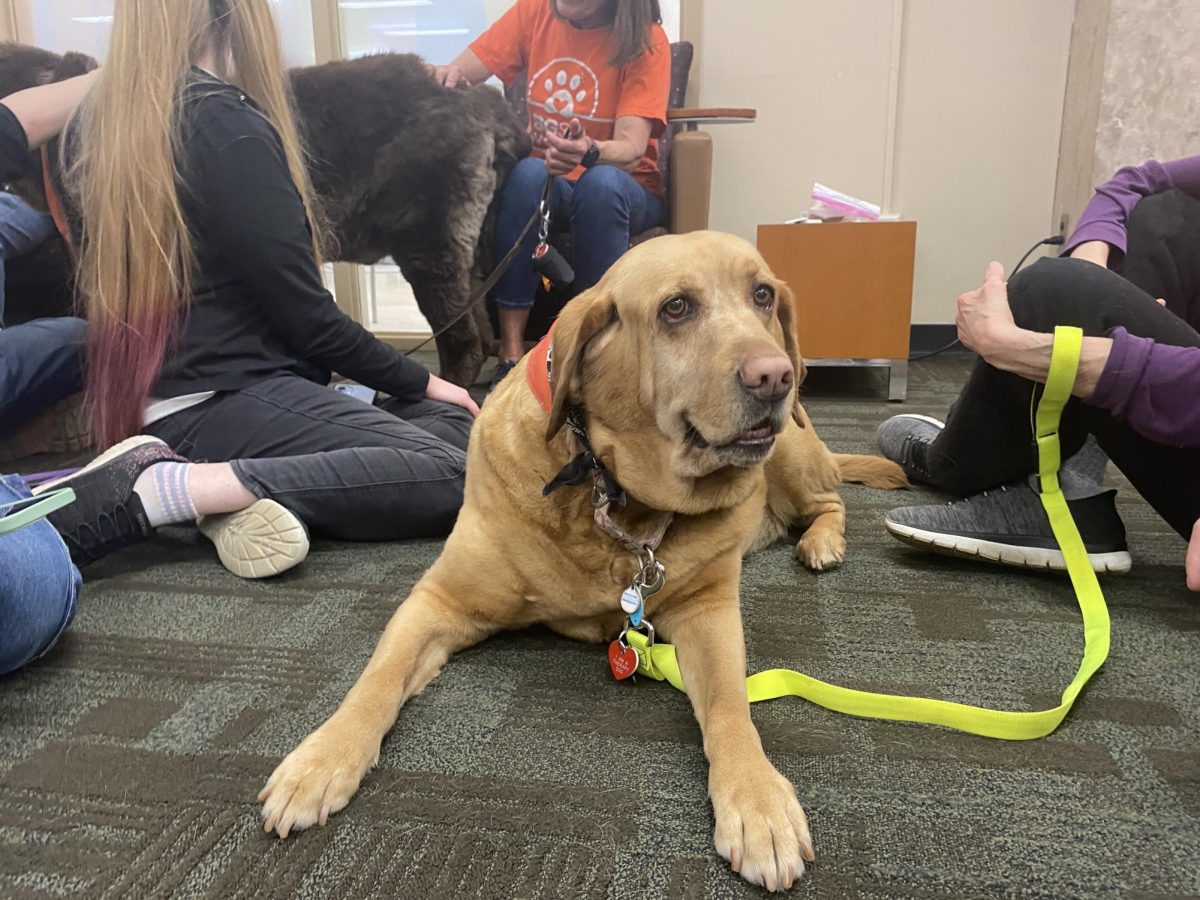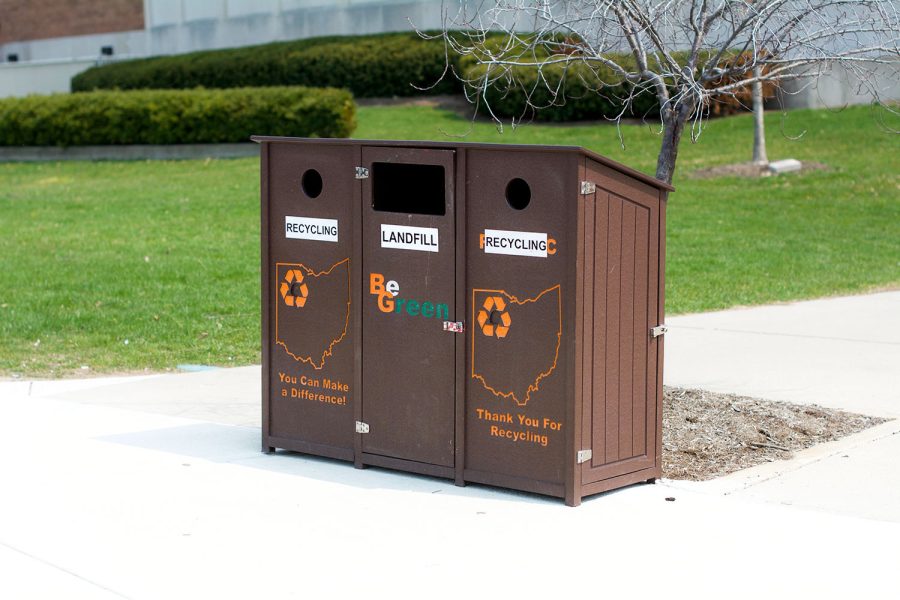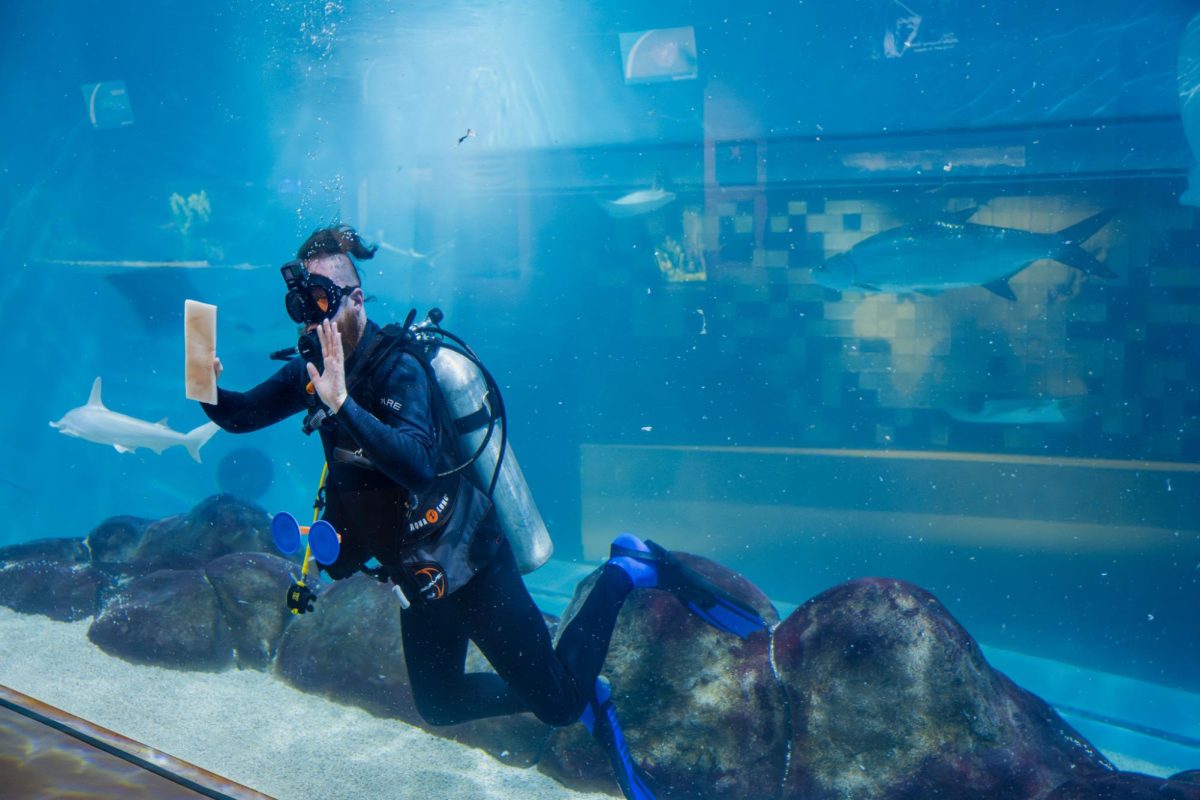The geology program in the School of Earth, Environment and Society (SEES) at BGSU is proving their journey of discovery goes deep – literally. Through their class work, connections made in the Geology Club and their summer capstone field experiences, these future earth scientists are on a mission to dig up the world at their feet and impact real world issues.
The classes offered through the geology program at BGSU aim to teach students how the earth was shaped, how it gets shaken up by hazards and natural disasters and how the changing climate affects the planet’s future. Students can choose specialized areas of study within the geology major, including paleobiology and hydrogeology, that hone in on more specific career aspirations for those within the program.
Students like Katie Shanks, a senior geology major at BGSU and the president of the Geology Club, said the classes she has taken through the geology program, while not easy, have helped her develop her passion for minerals and apply those passions interdisciplinarily.
“I really like all my classes. They really give you the basic insights and foundations for geology but also the other science courses you have to take,” Shanks said.
In order to foster community amongst geology students and enthusiasts at BGSU, the program also endorses the Geology Club. Through this, students can ‘talk rock,’ go on field trips and network with geology professionals and alumni at the annual Geology Banquet.
Michael Coyne and Robyn Maldonado, who are both executives of the Geology Club at BGSU, said their weekly meetings act as a casual place for ‘earth lovers’ to meet and talk about their interests.
“We do movie nights, we do geoscience crafts, geology trivia and basically anything else we can do to form a community over geology. Our club isn’t designed to force you to come in after school and start studying, but we still aim to input a love of all things earth in everything we do,” Maldonado said.
Coyne said his favorite part of the club is movie night because, with his specialization of paleobiology and the responsibility to pick the movie, the club watches a lot of dinosaur films and documentaries.
“We do documentaries, but we also just watch partially geology-themed movies like “Jurassic Park” to make fun of the inaccuracies. There’s a lot of those types of movies, and it’s something we all can bond over,” Coyne said.
Outside campus walls, geology students can also gain practical field experience through the program’s annual summer field camp. For a $1,250 extra course fee, this six credit capstone trip provides students the opportunity to use GPS technology to more efficiently analyze and learn traditional field study methods in the Basin and Range, Colorado Plateau and Rocky Mountain provinces.
Jeff Snyder, the director of SEES and the instructor for the field course, says students that go through this class gain more than just a few weeks in the desert.
“There is some of that technical skill that comes out of the course, but it goes so much deeper than that,” Snyder said. “A lot of it’s about working in teams, because so many of our projects are team oriented. They work in student-formed groups, and they work over several days on a single project. Writing aspects also come into it, too. It encompasses a lot.”
Snyder said the tactical skills students learn in these programs bring graduates into every corner of academia and fieldwork, so there’s a bit of geology everywhere, even in places people might not think.
“Geology students go into a variety of different careers. They might go into education, environmental studies consulting, working for resource industries like oil and gas and tons of other stuff,” Snyder said.
The impact of the work being done by students and faculty in all facets of the geology department at BGSU goes beyond the walls of Overman Hall. Many geological studies like the ones conducted here better shape the world’s understanding of fossil fuel usage and its changing climate, directly informing and impacting leaders on how to effectively take action against irreversible damage to the planet.
“The field work mainly focuses around mapping, but you know, the broad range of different terrains, different kinds of geologic settings, it all has application to environmental stuff. It’s all interdisciplinary, and it’s all skills they gain through this program,” Snyder said.


